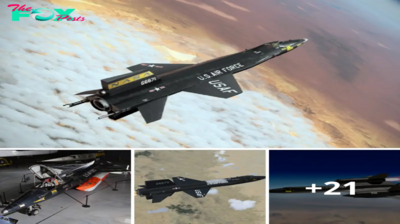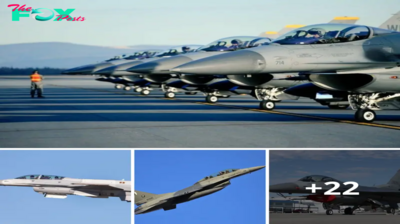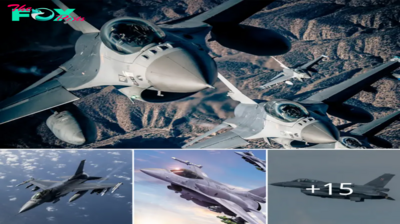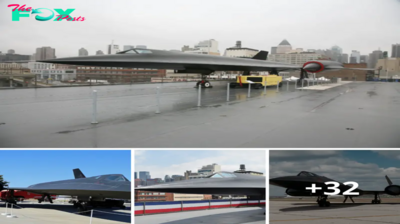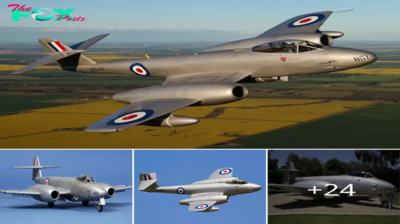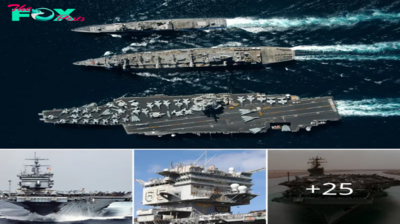Northrop GruMMAn Corporation completed assembly of a full-size uncrewed underwater vehicle (UUV) prototype known as Manta Ray. A new class of UUV, it is an extra-large glider that will operate long-duration, long-range and payload-capable undersea missions without need for on-site human logistics. Manta Ray was built through a Defense Advanced Research Projects Agency (DARPA) program aimed at advancing key technologies to benefit future UUV designs, including techniques to manage energy, increased payload capacity, low-power propulsion and more.
UUVs that operate for extended durations without the need for human-present logistic support or maintenance offer the potential for persistent operations in forward environments. Such systems could allow traditional host vessels increased freedom of operational flexibility while providing traditional servicing ports with relief of workload. The Manta Ray program seeks to demonstrate critical technologies for a new class of long duration, long range, payload-capable UUVs. If successful, this new class of UUV will give the combatant coMMAnder an amplification of capacity without disrupting current operations by remaining independent of manned vessels and ports once deployed.
The Manta Ray program plans to advance key technologies that will benefit future UUV designs, including, but not limited to:
- Novel energy management techniques for UUV operations and undersea energy harvesting techniques at operationally relevant depths;
Low-power, high efficiency undersea propulsion systems; - New low-power means of underwater detection and classification of hazards or counter detection threats;
- Mission management approaches for extended durations while accounting for dynamic maritime environments;
- Unique approaches for leveraging existing maritime data sets and exploiting novel maritime parameters for high-efficiency navigation and/or C3; and
- New approaches to mitigate biofouling, corrosion, and other material degradation for long duration missions.









